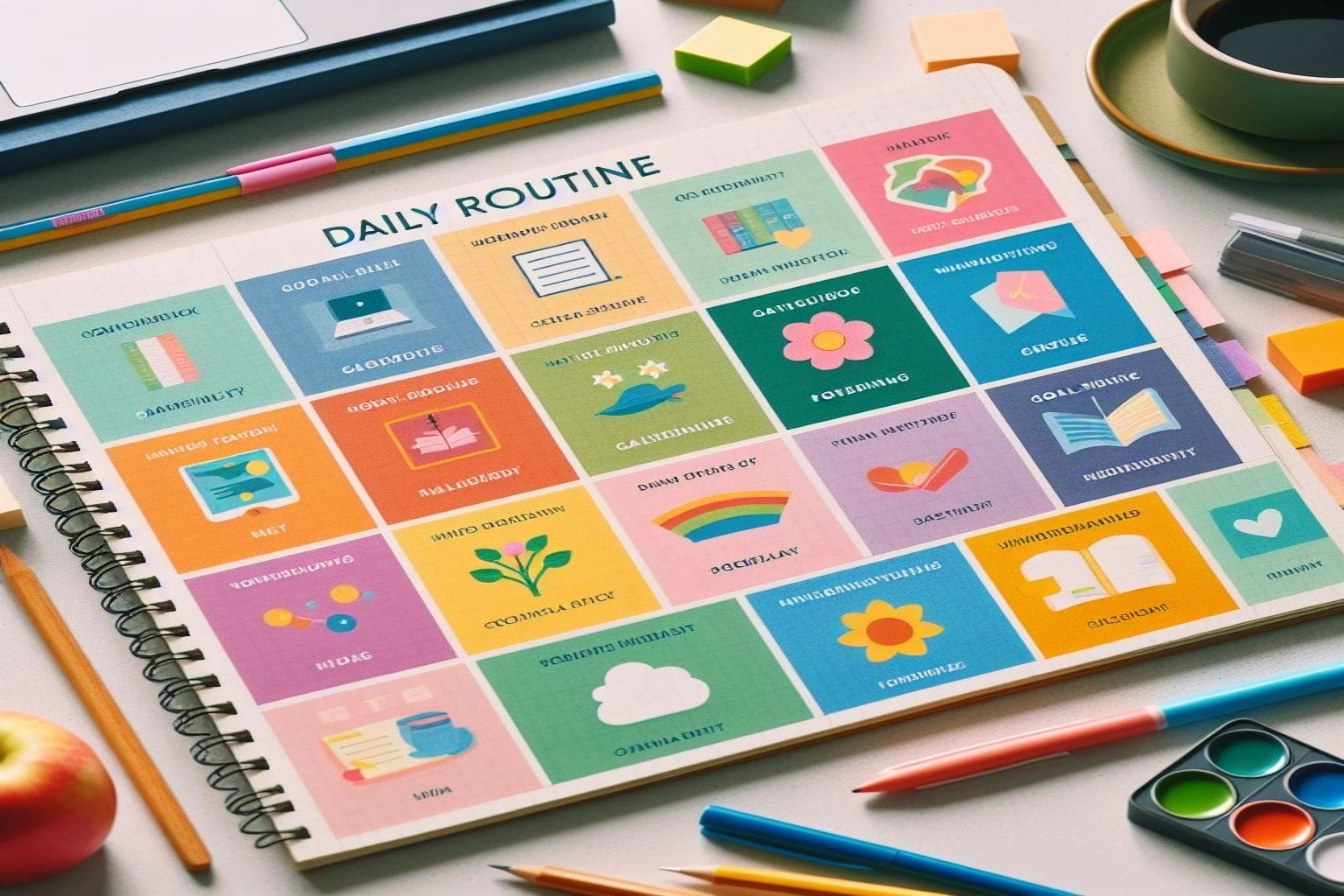We all have bad habits we’ve tried (and failed) to break countless times. Whether it’s wasting hours mindlessly scrolling social media, binge-watching shows instead of working, or repeatedly indulging in unhealthy foods, breaking patterns hardwired into our brains is incredibly difficult.
Conventional wisdom says if something brings more pain than pleasure, you should stop doing it. However, what if the path to breaking bad habits actually requires embracing discomfort and pain?
This counterintuitive idea is called the “nothing rule” and it revolves around understanding the neuroscience behind habits and dopamine.
By reframing how we view the uncomfortable feelings that arise when we quit bad habits, we can tap into an inner strength to finally break the cycle for good.
The Role of Dopamine in Habit Formation
At the heart of every addiction is the neurotransmitter dopamine. Dopamine plays a key role in motivation, pleasure, and reward-driven learning.
When we do something enjoyable that should encourage future survival, like eating food or having sex, dopamine floods our brain’s reward pathways to hardwire that experience as something worth repeating.
However, in our modern world with limitless indulgences like social media, video games, junk food, pornography, and streaming entertainment, we can override this natural reward system.
We expose ourselves to dopamine-spiking supernormal stimuli far more potent than anything our ancestors encountered. Our brains get overloaded with constant dopamine bursts in ways they didn’t evolve to handle.
This causes major dopamine dysregulation over time. We become acclimated to needing those huge rushes just to feel normal.
Moreover, our brain’s dopamine production actually gets suppressed since it senses high levels are already present from our habits.
The Result? When we try to quit, we experience a dopamine deficit that drives intense cravings and uncomfortable withdrawal effects like:
- Lack of motivation and drive
- Inability to experience pleasure (anhedonia)
- Physical fatigue and lethargy
- Anxiety, restlessness, and irritability
- Depression and feelings of hopelessness
- Insomnia
- Difficulty concentrating
- Cravings and intrusive thoughts about the “drug”
These symptoms can persist for weeks or months after quitting, making the thought of living in that state unbearable. Most people quickly cave and re-indulge in their bad habit, just to make the discomfort go away.
The Nothing Rule Mindset Shift
According to the nothing rule, however, that intense discomfort should be viewed as a sign of progess rather than a negative to be avoided.
It’s the inevitable hassle we must endure for our brain’s reward system to reboot itself and rebalance dopamine levels.
The worse you feel when quitting a bad habit, the more progress your brain is making in healing from its dopamine dependency.
The discomfort and cravings mean your brain is recalibrating back to normal, where you can feel motivation and enjoyment from simple healthy activities again.
By understanding and accepting this, the mindset shifts from one of desperately trying to relieve or numb the uncomfortable feelings to embracing them as a necessary step.
You stop fighting the symptoms, stop judging them as bad, and simply make peace with riding them out.
It’s akin to the mindset of an athlete pushing through intense muscle soreness and fatigue after a grueling workout.
The pain isn’t something to be corrected or stopped, but the price to be paid for getting fitter and stronger. That pain is the cost of progress.
With bad habits, much of the psychological discomfort stems from the feeling of uncertainty—not knowing when you’ll get to indulge in your addiction again, when the cravings will subside, when you’ll feel normal again.
The nothing rule gives you certainty: you won’t get relief today, you’ll simply sit with the discomfort, fully accepting it as temporary but required.
The 10-Minute Mindfulness Technique
That said, the nothing rule doesn’t mean you can never experience any pleasure or engage in enjoyable activities again.
The goal isn’t absolute deprivation or pure constant boredom. You’re not aiming to suppress dopamine entirely, but to uncouple it from your unhealthy habits.
For those intense moments where the cravings feel intolerable and you worry your willpower will buckle, try this 10-minute mindfulness exercise:
When you get the urge to indulge in your bad habit, don’t act on it immediately. Don’t try to fight, ignore, or suppress the craving either. Instead, allow yourself to fully feel it, but consciously decide to wait 10 minutes before acting.
During that 10 minutes, don’t distract yourself. Bring your full attention to the craving itself. Notice the thoughts, emotions, and bodily sensations driving the urge.
Where do you feel it most? How intense is it right now on a scale of 1-10? Breathe deeply and stay present with the experience.
Doing this takes the lawnmower perspective, zooming in for a granular look at what a craving actually is rather than avoiding it.
From this closer view, you’ll likely notice the craving arising in waves, peaking and subsiding rather than as a constant.
After 10 minutes, you have a choice. You can re-commit to doing nothing for a while longer, or you can indulge your habit slightly but consciously and in moderation.
For example, you could watch one episode of a show instead of binging for hours.
The main benefit is you’ve broken the habitual, automatic chain of urge → indulgence.
You’ve created space between impulse and action through conscious awareness. Over time, this better allows your rational mind to have a say in addition to your habit brain.
Don’t Beat Yourself Up for “Slips”
Inevitably, there will be days you “fail” by indulging in your bad habit despite your best intentions.
That’s okay—view it as a lapse not a collapse. One mistake doesn’t wipe out all your progress. The goal isn’t perfection but developing a new skillset.
More important than fixating on guilt or shame is to calmly get back on track with a compassionate mindset.
Use any “slips” as opportunities to learn what triggered the relapse so you can plan for next time. Every moment is a chance to practice. Be patient and persistent.
Of course, if you find yourself truly struggling, there’s no need to go it completely alone.
Help in the form of accountability partners, counseling, or online therapy services like BetterHelp can give you extra support.
The Rewards of Becoming “Indistractable”
While embracing temporary discomfort and resisting urges in the moment takes real effort, it ultimately leads you to a more satisfying, passion-filled life.
As your dopamine system resets over weeks and months, you’ll find it easier to:
- Be fully present and focused instead of constantly distracted
- Derive true satisfaction and motivation from productive behaviors
- Appreciate simple pleasures you were previously numb to
- Regain control over technology and devices instead of being controlled
- Develop deeper real-world relationships and interests
- Increase confidence, willpower, and conscientiousness
Most importantly, you’ll reclaim sovereignty over your mind, attention, and choices rather than living as a helpless slave to impulses and cravings.
You’ll become “indistractable,” able to direct your precious reserves of willpower and energy toward fulfilling goals. It’s not an easy journey by any means. There will be struggles and stumbles.
But by changing your relationship to discomfort through the nothing rule, you’ll tap into deep reserves of inner strength and resilience. Embrace the journey, and let the healing begin.







